UK / 105 minutes / color / Triumvirate, UA Dir & Pr: David Greene Scr: Richard Harris Story: I Start Counting (1966) by Audrey Erskine Lindop Cine: Alex Thomson Cast: Jenny Agutter, Bryan Marshall, Clare Sutcliffe, Simon Ward, Gregory Phillips, Madge Ryan, Billy Russell, Lana Morris, Fay Compton, Charles Lloyd Pack, Michael Feast, Lewis Fiander, Lally Bowers, Gordon Richardson.
In an unnamed suburb of an unnamed large city—it feels much like a London suburb—orphan Wynne Kinch (Agutter), who declares herself to be not so much 14 as nearly 15, lives in a tower block with her adoptive family. She’s suffering a severe adolescent crush—which of course she believes to be the love of her life—on her much older adoptive brother George (Marshall), reckoning that the difference in their ages (he’s 32) won’t matter so much in a few years’ time. He’s one half of the small contracting business Kinch & Wells, Joiners & Decorators, although we’re never introduced to Wells.
One day, as he prepares to take her and her friend Corinne Eldridge (Sutcliffe) to school in the company van, George picks up a package and mentions that he’s just “going to drop this in with Mr. Chapman” . . . except that Wynne spots him instead stuffing it into someone’s dustbin. Earlier that morning, as she spied on him while he was shaving, she noticed scratches on his back. The conclusion seems to her obvious: he must be the serial killer who’s terrorizing the neighborhood, murdering young girls and dumping them on Dalstead Common. That evening Wynne digs out the package from the bin and discovers it’s a sweater she knitted for George, now with a big bloodstain on it.
The scratches on George’s back.
Wynne’s passion for George is such that she really doesn’t care if he’s a serial killer; somehow their mutual love will solve that little problem, and she’ll be able to shield him from those who would wish to hunt him down and harm him. Rather than report her discovery of the sweater to the authorities—or even to her mum (Ryan) and granddad (Russell)—she smuggles it out to the family’s previous home, now abandoned and scheduled for demolition, and does her best to incinerate it in the furnace there. She gets the job just half done when she realizes the smoke pouring out of the cottage chimney could act as a beacon for the inquisitive . . .
Corinne (Clare Sutcliffe) and Wynne (Jenny Agutter) watch events at a crime scene through the back window of their bus.
That old family home is on the edge of Dalstead Common, and for those who don’t drive—like schoolgirls—can be reached from the nearest bus stop only by crossing the common. Nonetheless Wynne and Corinne come here from time to time to play at raising ghosts; aside from anything else, Corinne rather fancies the regular bus conductor (Ward). It was here that George’s fiancée Claire (uncredited) died on falling down the basement stairs. Those stairs, of which there are 11, give the movie its title; the young Wynne (uncredited), who discovered Claire’s body, was in the habit of starting to count as she took the first step down them.
The chirpy bus conductor (Simon Ward) who fancies the two girls’ legs.
The more Wynne thinks about George’s behavior, the more his guilt seems palpable. He’s been staying out late a lot recently, claiming that he’s been putting up shelves for elderly Mrs. Bennett (Compton, in a brief but memorable cameo). When Wynne goes to visit Mrs. Bennett the old ex-midwife tells her she hasn’t seen George in months.
Old Mrs. Bennett (Fay Compton) isn’t quite the solid alibi you might have expected.
One day, while snooping in George’s van, Wynne is unwittingly trapped inside by him. Oblivious to her presence, he drives to a nearby hospital where he picks up a discharged patient, Leonie (Morris), and then takes her home; Wynne finds a big bottle of pale ale in the back of the van and drinks it while waiting for George to emerge from Leonie’s house. When she finally gets home, giggling and smashed, she finds the cops are there, Mum having called them in fear Wynne might be the latest victim of the killer. Alone at last with George, Wynne confesses her feelings to him and is dismayed when, repulsed, he slaps her. But by the next morning she’s convinced again that they can make a life together, despite his psychopathic habits, if only he would see sense . . .
The photo George (Bryan Marshall) keeps of himself with lost wife Claire (uncredited) . . .
. . . and the new photo of himself with girlfriend Leonie (Lana Morris).
From a little after halfway through the movie it’s perfectly evident to us who the killer is, although it’s still a mystery to the cast. There’s a slightly unconvincing effort to make us think it might be Wynne’s somewhat older pill-popping adoptive brother Len (Phillips), who clearly would like to be Keith Richards if he could. This false trail has been set up much earlier, when it was revealed that Len had been keeping a scrapbook of cuttings about the killings.
It would be easy to dismiss this as just yet another serial-killer chiller, but its affect is entirely different—and for that reason its closing sequences, as Wynne tiptoes across the creaking boards of the abandoned house to discover Corinne’s body, then flees through the common’s woods from the killer, are all the more frightening. But the killings are for much of the movie almost peripheral, as we focus on the relationship between Wynne and the fundamentally fairly decent George, and also upon that between Wynne and her best friend Corinne.
Sutcliffe is really quite brilliant in the latter part as the jailbait nymphomaniac-manquée—or “pathetic little mini-tart,” as George at one point calls her—forever flaunting her knickers at the boys. Although she boasts to Wynne that she’s Done It seven—countem, SEVEN—times, it’s perfectly obvious she hasn’t a clue. Corinne’s overt expressions of sexuality contrast with the behavior of the far more repressed Wynne, who in a way is trying to work out what sexuality is all about.
Wynne (Jenny Agutter) comes to see George (Bryan Marshall) in his office.
Coded symbols abound. Wynne’s favorite possession, introduced in the movie’s opening seconds, is a stuffed figure of the White Rabbit that George gave her some while ago; obviously it symbolizes the fact that soon Wynne will find herself falling down the rabbit hole, but it’s up to us to decide whether the tormented dream she’ll find there is the onset of womanhood or her mythopoeia about George, and who he is, and how he can relate to her. There’s more symbolism when Wynne calls by George’s workplace; his office walls are covered with nudie photos, but Wynne is incapable of noticing that they’re all of adult women—or even, really, of registering them at all. At the end of the movie there’s yet another piece of symbolism as Wynne and George watch a mighty bulldozer demolish the old family home, taking away memories both good and bad.
It’s hard to believe Hitchcock didn’t watch and learn something from I Start Counting before making FRENZY (1972); the two movies share themes of misplaced sexuality, the deceptive nature of congenial facades, and the banality of evil. There are also scenes and snatches of dialogue here that could so easily have been pulled from the later movie—such as Len’s aggressive (yet, we sense, truthful) question: “What do you have to keep on about Dad for, Mum? You never liked him.” If pushed, I’d have to say I Start Counting is possibly the better of the two movies, even though it’s far from flawless. Aside from anything else, Agutter’s uppercrust accent seems completely at odds with Wynne’s upbringing and her adoptive family around her. There are characters whose presence seems to serve no purpose at all—such as Aunt Rene (Bowers). And the “psychology” at the end, as the killer explains about his mum, etc., seems to me to be utmost baloney—just psychobabble of the kind that was probably trendy in the late 1960s.
Apparently the movie faced some resistance upon release. Agutter was a child star just emerging into adulthood (despite Wynne’s stated age of nearly 15, Agutter must have been 16 or 17 while making this; most of the time she does just fine portraying the younger child), and like so many child stars was supposed by critics and public to remain forever trapped in childhood as if in amber—to retain her “wholesomeness.” Since a lot of the movie’s currents concern sex and sexuality there was some consternation among people who’d forgotten what they themselves were like when they were not so much 14 as nearly 15 and sex was just about all they could think of.
The movie was based on the book I Start Counting (1966) by Audrey Erskine Lindop, a novelist who was hugely popular in her day but now seems strangely forgotten. A while ago I discussed on Noirish another screen adaptation of a Lindop novel, I Thank a Fool (1962).
The wreckers move in to demolish Wynne’s past.
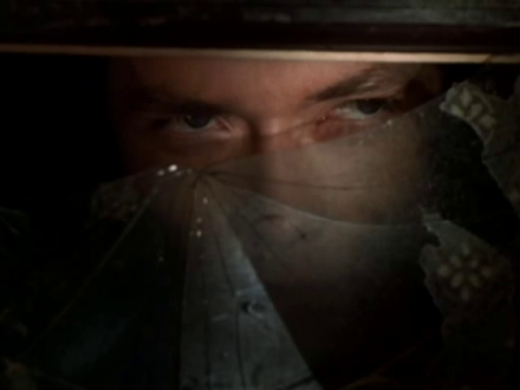


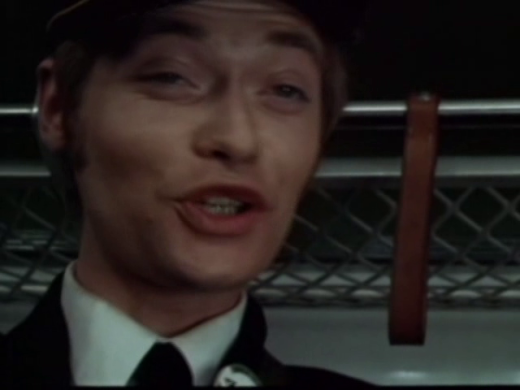
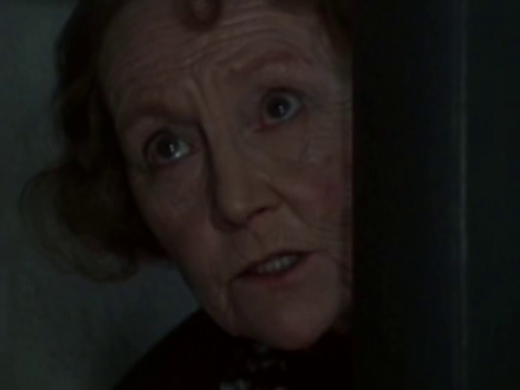
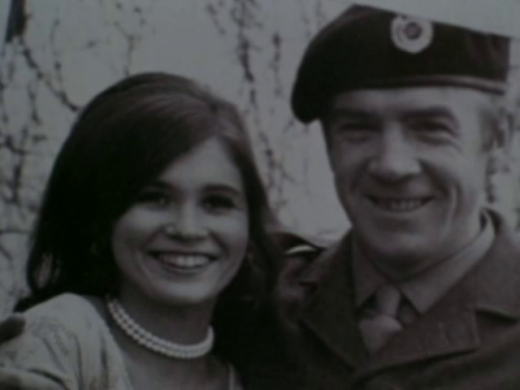
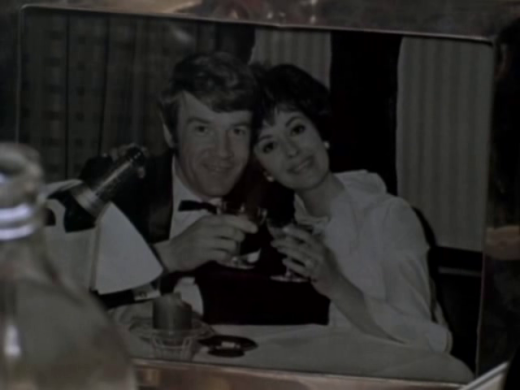
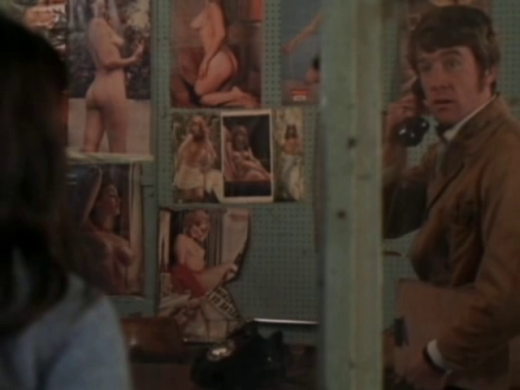
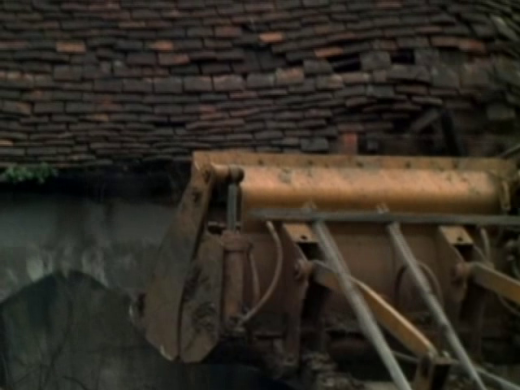
I do like the sound of this one John, cheers.
I always find it sobering to tour these hallowed halls, as it reminds how little I know or the little I’ve seen. Another film of more recent vintage too, that I have yet to hear about, but as always your framing is first-rate!
Thanks for the kind words. It may be that this one is better known in the UK than here — I know I’ve seen it a couple of times on UK television, and I think I saw it in the cinema when it first came out.
Pingback: I START COUNTING (1966) by Audrey Erskine Lindop | Tipping My Fedora
One of the delights of this film is that it is filmed entirely around Bracknell, Berkshire. Bracknell had been a sleepy rural village until it was designated as a “New Town” and completely re-developed in the 1960’s. The modernist/brutalism of the New Town architecture is so evocative of the futuristic aspirations of the time. Wynn’s ‘new’ home still stands; the Point Royal block of flats in Bracknell. The town centre however has recently been demolished to make way for a new regeneration project. I didn’t think I’d miss it but seeing I Start Counting, it really evoked the spirit of the age.
I found a couple of versions of this film online, this being the marginally better quality of the two: https://youtu.be/PHbHb7J_lLU
Many thanks for the extremely useful information about the filming in Bracknell, about which I had not known.
And thanks for the link to an online copy of the movie.
‘The Offence’ was filmed there too a few years later. Bracknell still looks like a building site! – This was the time of my childhood!